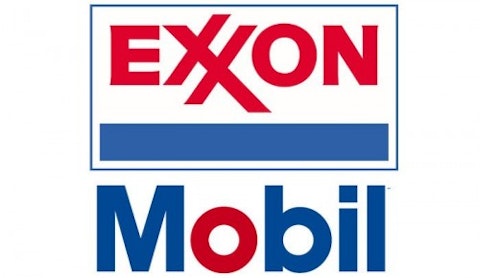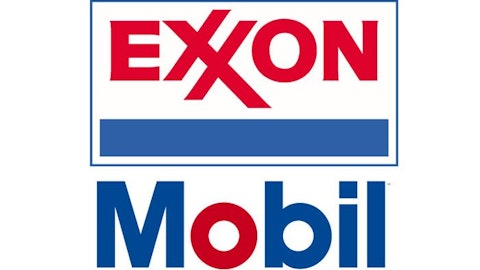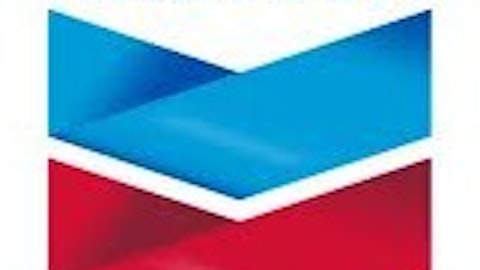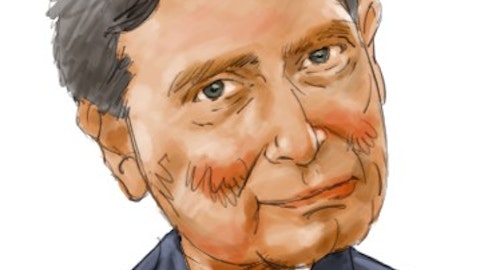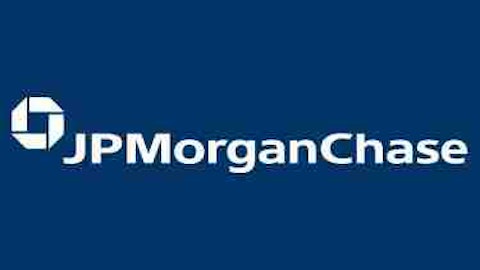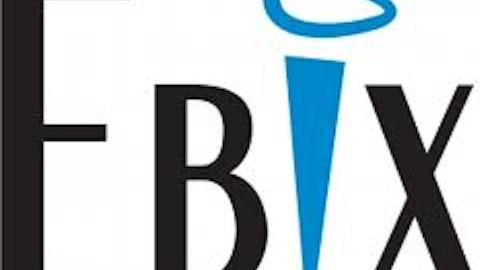Few things inspire more hatred among American consumers than the high cost of gasoline. With prices remaining above $4 per gallon in some parts of the country, even vast new discoveries of domestic oil reserves through unconventional methods such as hydraulic fracturing have made absolutely no dent in prices at the pump.
Yet even more alarming than high current prices is the increase in wild swings in gas prices over the past decade. Take a look at this chart, which shows just how insane the volatility in the gasoline markets has gotten compared with previous periods.

With immense price swings, including a 50% drop in just a few months in late 2008 followed by a doubling of prices within a couple of years, consumers and investors alike have to wonder what’s changed fundamentally in the energy markets to justify these increasingly large moves.
What’s new
Certainly, energy markets have faced major events with huge implications for supply and demand for gasoline. During the early 1990s, gasoline prices spiked briefly after the Iraqi invasion of Kuwait and the subsequent Desert Storm conflict to retake the Persian Gulf nation, but then they fell back to trade in a relatively tight range between $1.00 and $1.40 throughout the rest of the decade. As tensions escalated with Iraq, leading to war in the early 2000s, prices again rose temporarily, and again fell back in response to military operations.
But since then, prices have moved dramatically higher, and they’ve done so with increasing amounts of volatility. As the chart shows, from 2005 to 2008, multiple swings of $1 per gallon or more within the course of a single year became commonplace. As oil prices rose to nearly $150 per barrel, many people blamed speculators for bidding up the price of energy products, including gasoline. Subsequently, studies showed conflicting evidence about whether speculative activity in the oil-futures markets was sufficient to amount to outright manipulation. Nevertheless, both major oil company Exxon Mobil Corporation (NYSE:XOM) and oil-market participant Goldman Sachs Group Inc (NYSE:GS) believe that speculation contributed to some of the recent rise in oil prices over the past several years, in turn pushing gasoline prices up.
The tragedy of exports
With new calls for energy independence in the U.S., many Americans don’t understand why gas prices remain so high. The reason is simple: With prices for refined products largely set by international markets, it has become more lucrative to export gasoline than to keep it for domestic consumption and reduce local prices. Valero Energy Corporation (NYSE:VLO) and Phillips 66 (NYSE:PSX) are massive exporters of gasoline and other refined products, and the differential between U.S. crude prices and those in international oil markets has only made those exports grow.
Meanwhile, it’s also important to understand that while unconventional drilling techniques have opened up new supplies, the techniques generally involve higher costs to extract oil. That in turn supports refined-product prices that are higher.
Could volatility go the way of the Fed?
One other factor to consider is the action taken by the Federal Reserve to inject liquidity into the financial markets. As long as money is cheap, the Fed’s low interest rate policy makes it easier for traders to take positions in the oil markets. What will be interesting to see is whether the coming end of quantitative easing will calm down gasoline-price swings. That might not bring relief at the pump, but it might at least make price movements more predictable.
The article This 1 Chart Shows the Insanity of Gas Prices originally appeared on Fool.com and is written by Dan Caplinger.
Fool contributor Dan Caplinger has no position in any stocks mentioned. You can follow him on Twitter: @DanCaplinger. The Motley Fool recommends Goldman Sachs.
Copyright © 1995 – 2013 The Motley Fool, LLC. All rights reserved. The Motley Fool has a disclosure policy.
